By Blair Shaw
Looking quite out of place in a tiny marina in the town of Zeebrugge Belgium is the former Russian project 641 NATO code name Foxtrot class submarine B-821. B-821 and her seventy-four other sisters would become one of the most produced post World War 2 submarines and would go on to see service in many different navies across the World. The first Foxtrot was laid down in 1957 and the class would still be in active service over half a century later with the last submarine paying off while in Ukrainian service in 2014.
The B-821 was built by yard 196 in the naval town of Leningrad now St Petersburg, she was laid down in October 1964, launched in February 1965.
During her career she would serve both the Northern and Baltic fleets, however she would also serve several years in the Mediterranean being based in Alexandria Egypt, her 30 year career came to an end on July 3rd 1995, she was sold to the Belgian maritime museum at Zeebrugge and was opened to the public in 1996, however in 2020 the venture finally closed, she was towed to Ghent and subsequently cut up for scrap.
Like her sisters B-821 is a conventionally powered that is to say a diesel on the surface and batteries powering electric motors while submerged, this means she is not fully independent of the surface like a nuclear powered boat, instead she must come to the surface periodically to re charge her
batteries much like the older German U boats had to during world war two, but she is fitted with a snorkel mast, this allows the submarine to remain at periscope depth and charge the batteries.
The foxtrots were one of the work horses for long range operations easily capable of operating off the east coast of the united states from bases in the arctic for up to two weeks and returning back without needing to refuel, such was their range that at around 8 knots these submarines could almost circumnavigate the globe, however their speed was slow not much better than the older world war submarines just 15 knots on the surface Submerged they were capable of 16 knots but this would drain the batteries very quickly so operational cruising speed would have been around 5 to 8 knots. The submarines were capable of diving deeper than their older cousins with the ability to dive to around 300 meters, this meant they could get under the thermocline in most ocean areas the thermocline is a layer where warm and cold water meet.
In 1962 four submarines of this class would become infamous in their dash to Cuba. The stage would be set where World War 3 could have started and one man would save it.
“This Government, as promised, has maintained the closest surveillance of the Soviet military buildup on the island of Cuba. Within the past week, unmistakable evidence has established the fact that a series of offensive missile sites is now in preparation on that imprisoned island. The purpose of these bases can be none other than to provide a nuclear strike capability against the Western Hemisphere” – John F Kennedy
President John F Kennedy in addressing the nation spoke these words while four submarines of the foxtrot class were headed towards Cuba under strict secrecy. Captains Nikolai Shumkov, Yuri Karetanov, Alexei Dubivko and Valatin Sivitsky were based with the Northern fleet. The journey to Cuba would take three weeks and they knew nothing of the political situation in which they were being sent. This was also the first time ever that all four commanders would be given the ability to fire a nuclear tipped torpedo without direct authorization from Moscow.
This submarine is over half a century old and has seen 30 years of active duty, and she looks like she has done every single one, on her creased black hull are the marks of many missions, even the Tamir 5L with the Feniks Sonar antennas mounted on top of the hull is bent up.
Temperatures in the submarines would rise to to 40*c making the conditions under the sea very difficult, during the ensuing days three of the four submarines were detected and forced to the surface the fourth would never be detected and achieve its mission, however during the ensuing confrontation one commander was so enraged he prepared to fire his nuclear tipped torpedo, the usual practice of three persons agreeing to fire was followed (The captain First officer and Political officer must all agree unanimously to the firing in this case the first officer Vasily Arkhipov did not agree with his commanding officer Valatin Savitsky or the political officer Ivan Maslennikov on submarine B-49 and thus no torpedo was ever fired, in 2002 the Russian federation formally confirmed these four submarines did indeed have nuclear weapons on board, this turned out to be a great shock to the United States navy and to the crew of USS Randolph and her escorting destroyers.
Entering the Foxtrot
Walking along side her you get to see a machine that is somewhat worn out and indeed she looks it, her paint work is shabby and she does have a slight list to port but she is still safe to go on board and still makes for a great adventure.
78 men would cram into this 90 meter long 7 meter wide submarine for months at a time, these submarines operated in every ocean across the world from the cold waters of the arctic to the tropical waters of the Caribbean sea and Indian ocean.
Entering the submarine at the stern you drop into an empty compartment with four open torpedo tubes, showing you that this submarine has a real sting in its tail. The four 21 inch torpedo tubes could be reloaded thus allowing down the throat shots at attacking enemy vessels from the rear.
The submarine is not well lit inside and you’re always in constant fear of banging your head or shin or worst case both at the same time. Moving through the round hatches we enter the electric motor room this is where the submarine while submerged is powered by three electric motors two rated at 1,350hp and a single unit at 2,000hp.
Why three? Well the submarine herself is propelled by three 6 bladed propellers one on each side and one central, third makes the submarines extremely loud and as many know he who makes a sound first dies first these submarines were noisy but none the less effective against surface ships.
While moving forward the space is crammed with valves, gauges, switches and levers but the next part of the submarine is even more cramped this houses the three diesel engines. The foxtrot, by comparison to other conventional submarines, is a large submarine at 90 meters long. This makes her about the same length as a British Trafalgar class nuclear submarine.
Behind the diesel engine compartment is the main engine control room this area looks completely cluttered and the ominous green glow from the gauges indicates these gauges could be radioactive from the use of luminescent paint.
Moving forward into the submarine You pass by crew quarters the galley and also the radio room.
The living conditions on board would have been difficult it is very likely hot bunking was the method used as counting the bunk space there isn’t enough for each man, the captain would be the only one who had a cabin.
Fresh food on board conventional submarines would have to be eaten within two to three weeks after that everything else would have been tinned, stores would be placed everywhere including having to make false floors or even putting a toilet out of use to house some stores every space on board would be stocked with stores.
Continuing through the crew’s quarters, we now we come to the brain of the vessel, the command post. Here the captain and his crew would not only fight the ship, but also navigate and control the boat. This is the central information point everything flowed through here, the RADAR and SONAR suites are here as well as diving control ballast controls and of course the main periscope.
Moving forward again the many different rooms each side are for the crew, the passage way is quite tight and during a battle stations call men would be running both ways.
Finally, we enter the bow compartment. Here six torpedo tubes greet us along with a dummy torpedo. This submarine is capable of carrying a total of 22 torpedoes with ten being in the tubes and another twelve awaiting to be placed in the tubes. Men slept here next to the torpedoes and when they were fully armed these rooms became just as cramped as any other on the submarine but none more so that actually inside a torpedo tube like I am here, the torpedo tubes would also double as an evacuation chamber, with your survival suit on you would crawl in to the tube and pull yourself through its cramped as it is with me in there let alone with a full escape suit.
We exit the submarine via the ladder this once was the torpedo loading hatch and not an entrance, on deck is a red and white marker this is a buoy that is released if the submarine gets into trouble, it is so they can be located, and probably the only time they want to be located as well.
Although these submarines became the work horse of the Soviet navy, they also became the work horses of many other navies around the world. The foxtrot class is one of the most easily recognizable soviet submarines in the world, other than the massive typhoon, of the 74 submarines that have been built only 6 remain most being scrapped at the end of the Soviet era, although some did go on into the 21st century, the polish submarines Wilk and Dzilk served until 2003, The Indian navy Karanj served until 2004 and the Ukrainian navies Zaporizhzhia served until its capture by Russian forces in the Crimea in 2014, this bought an end to foxtrot operations after 57 years of long service.


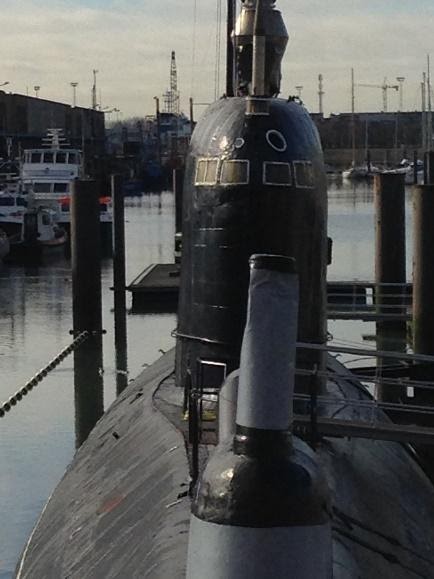
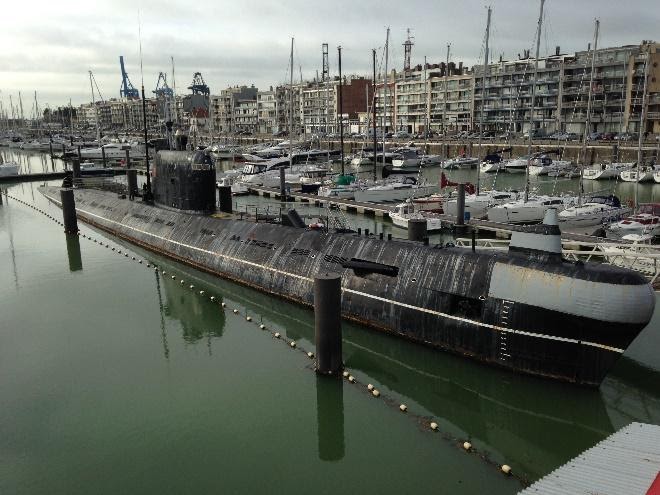
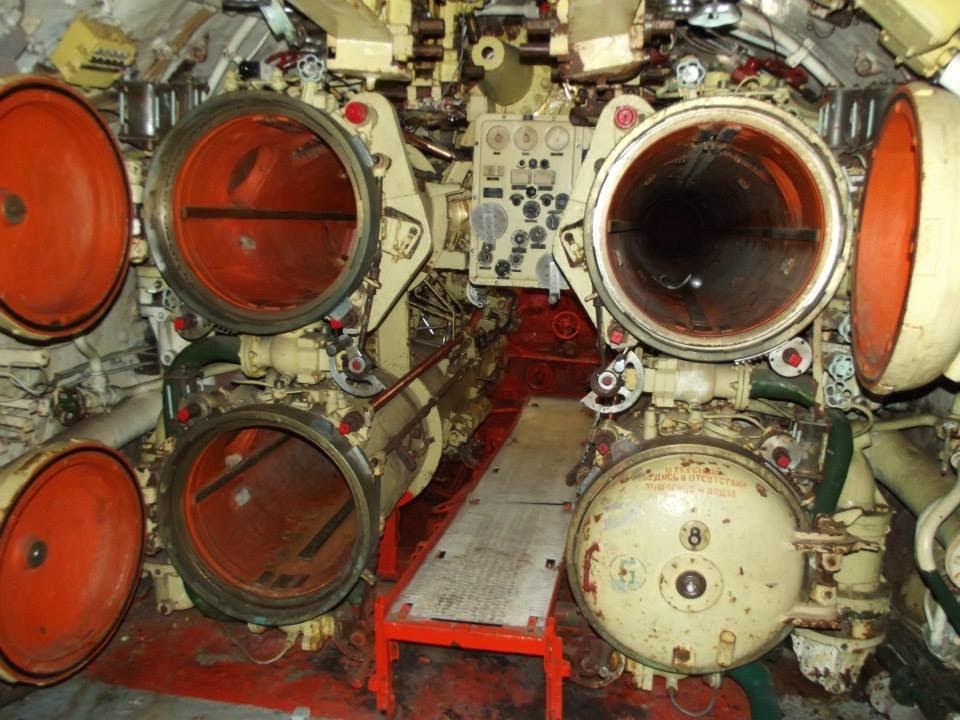
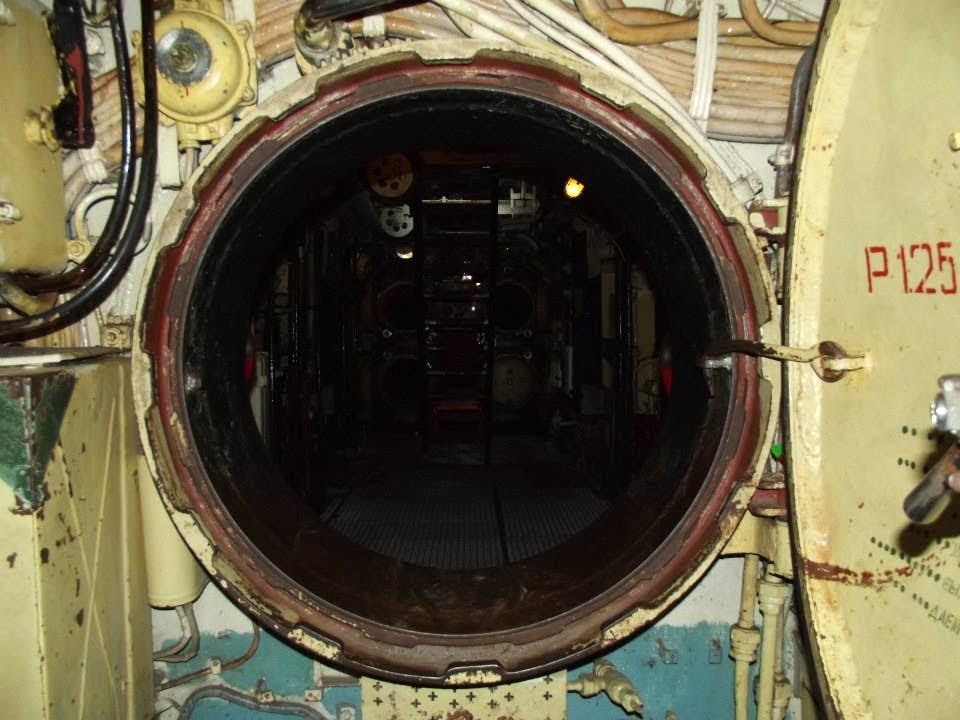
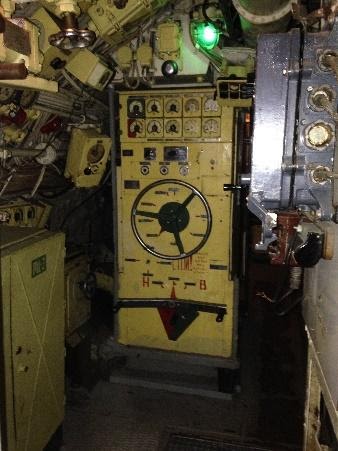
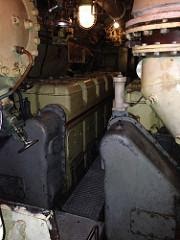

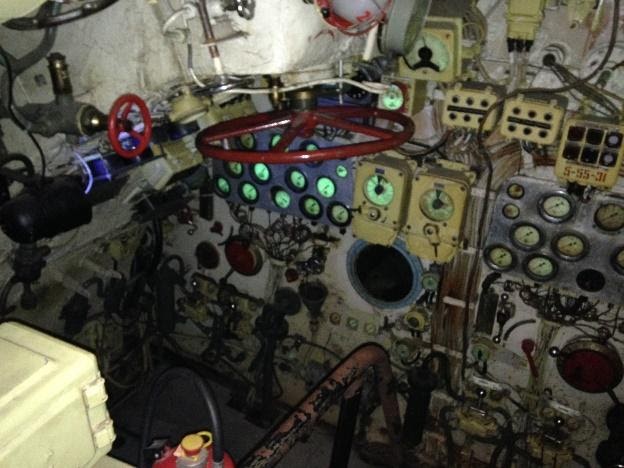
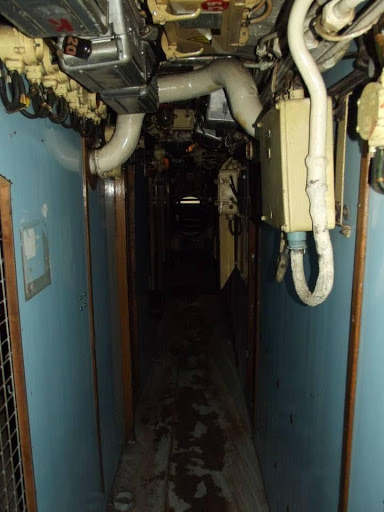
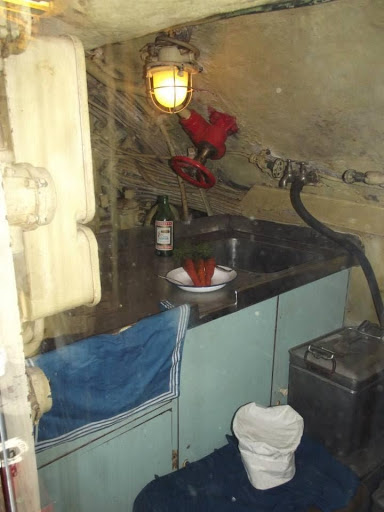
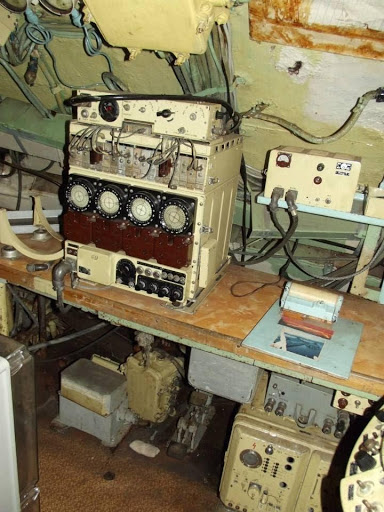
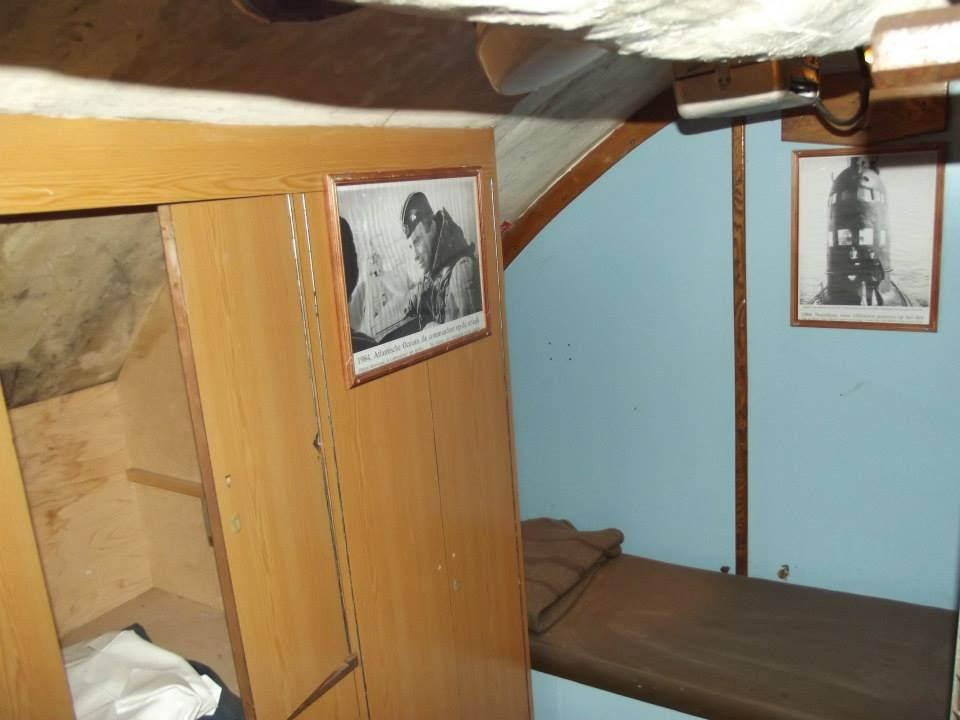
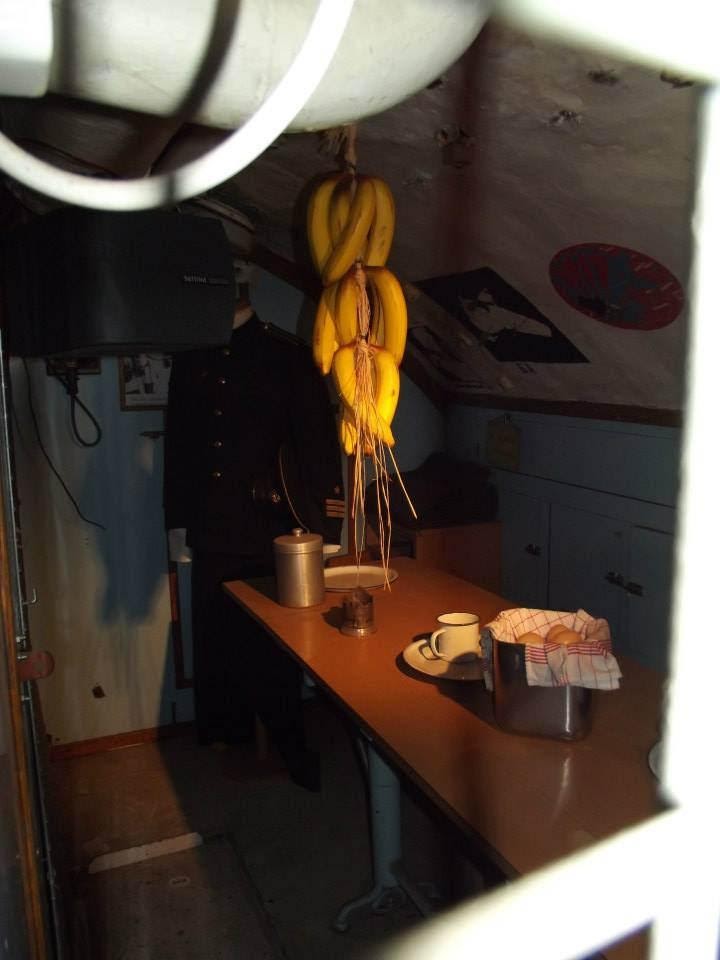
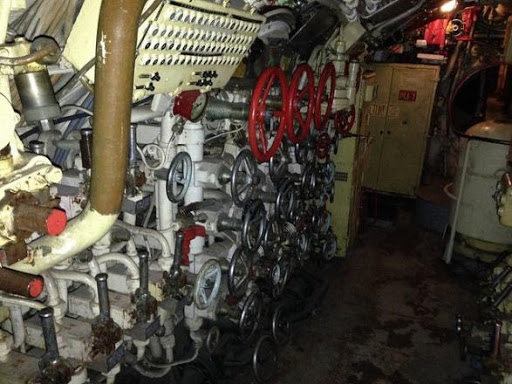
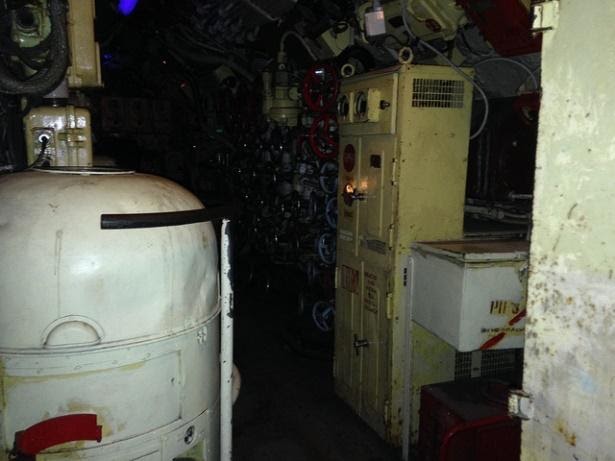
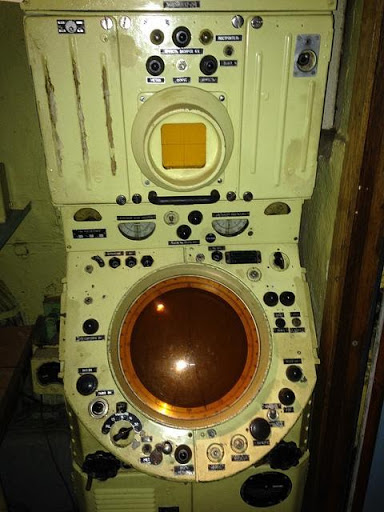
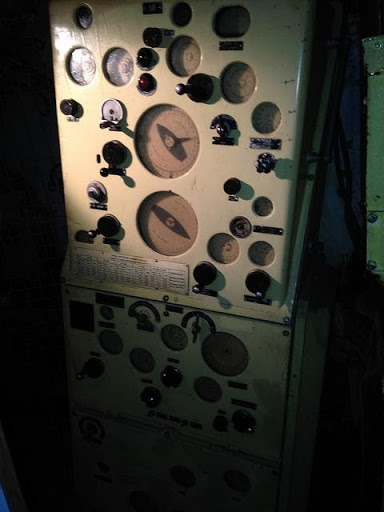
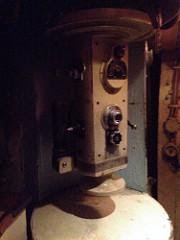
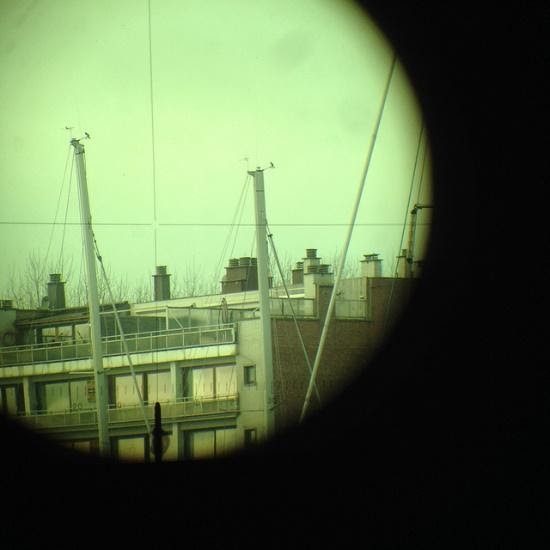
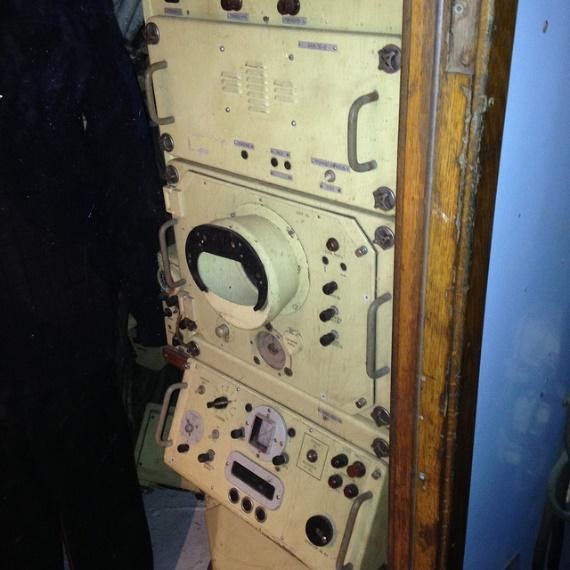
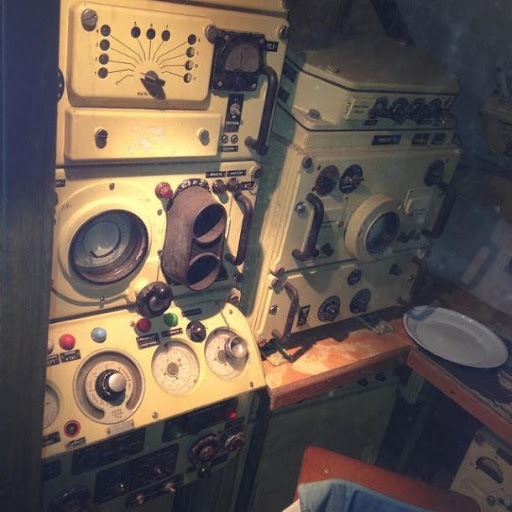
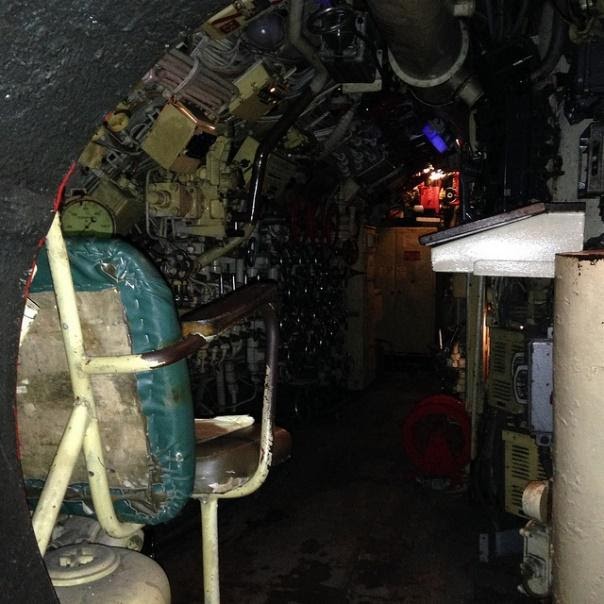
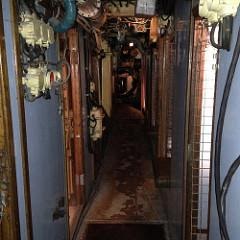

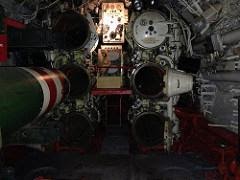
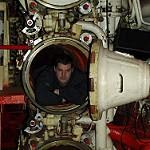
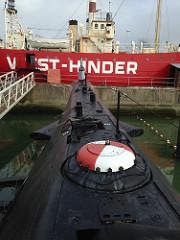
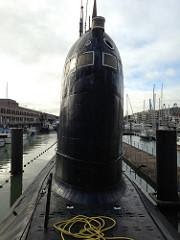

Trackbacks/Pingbacks